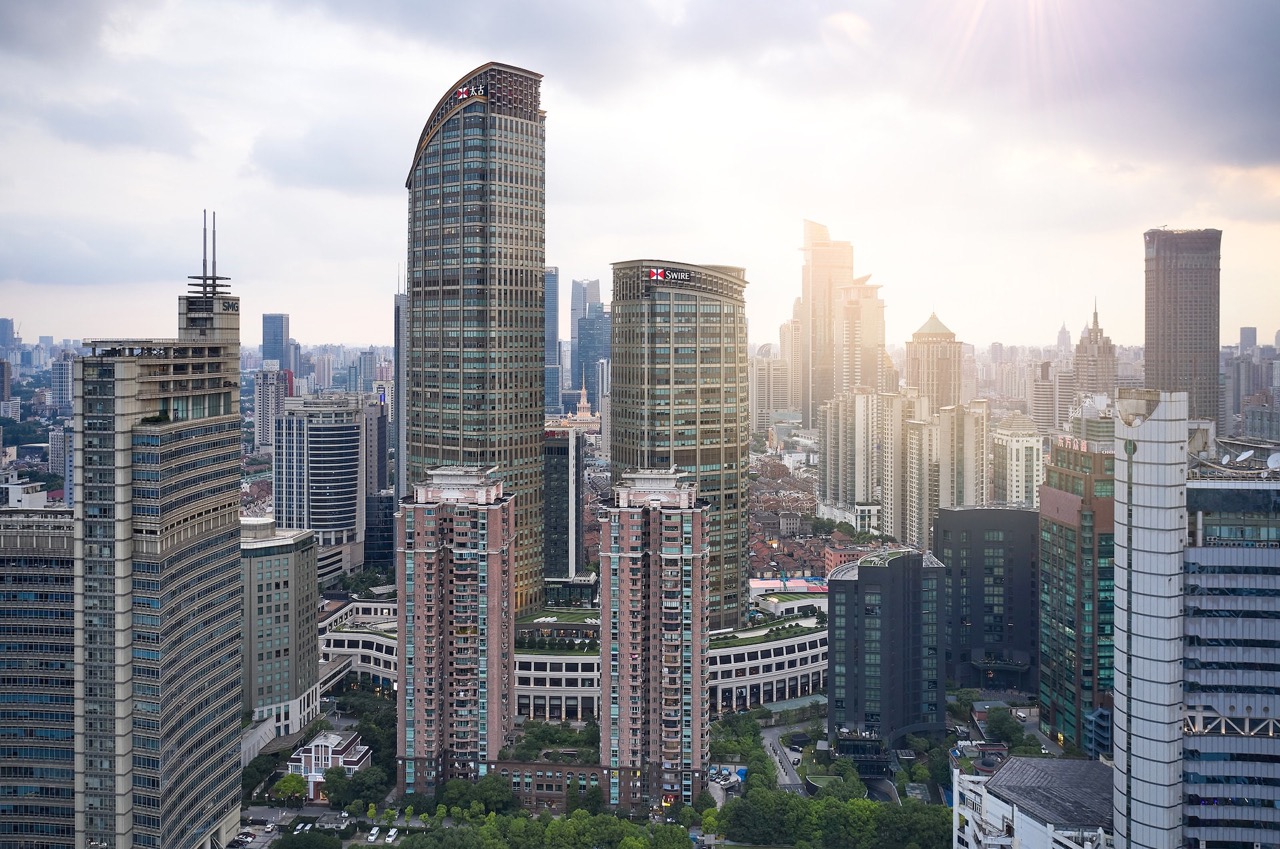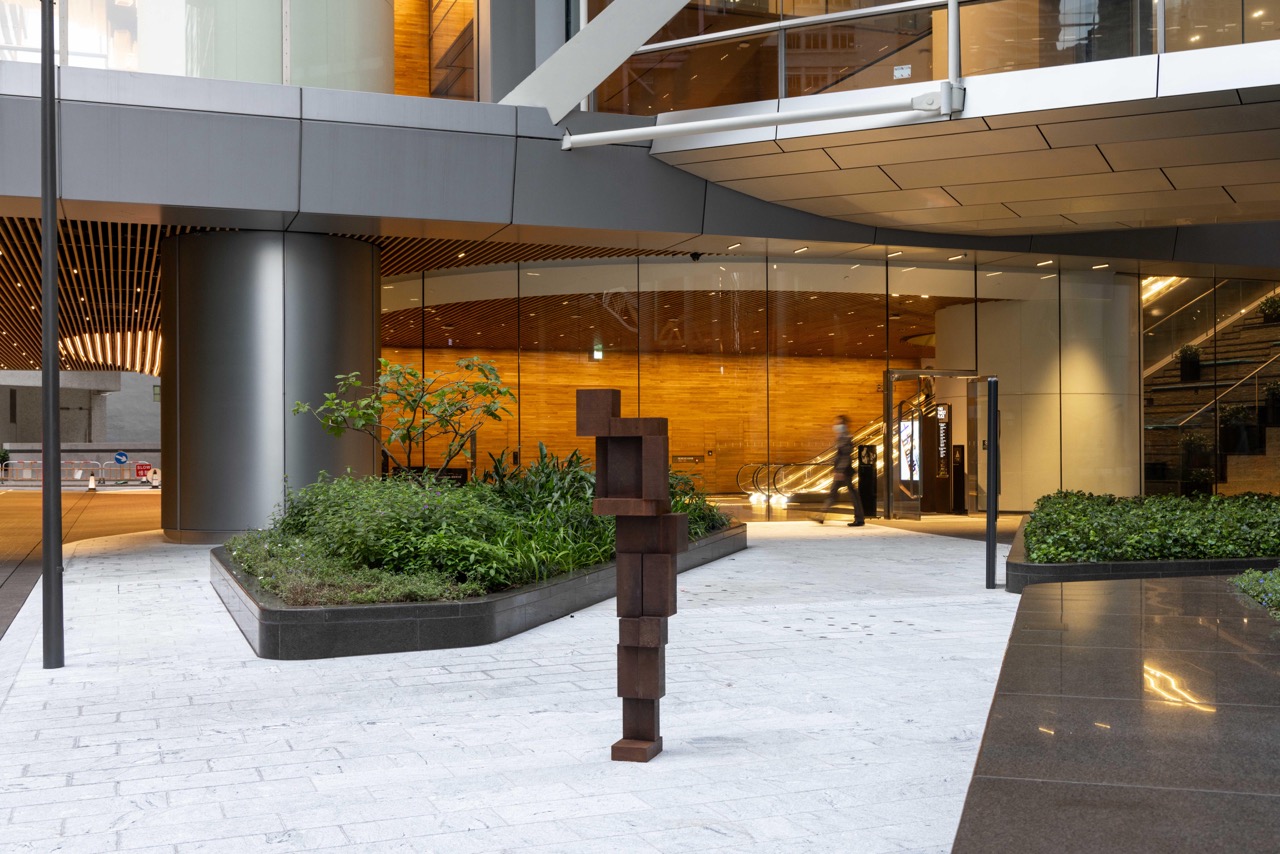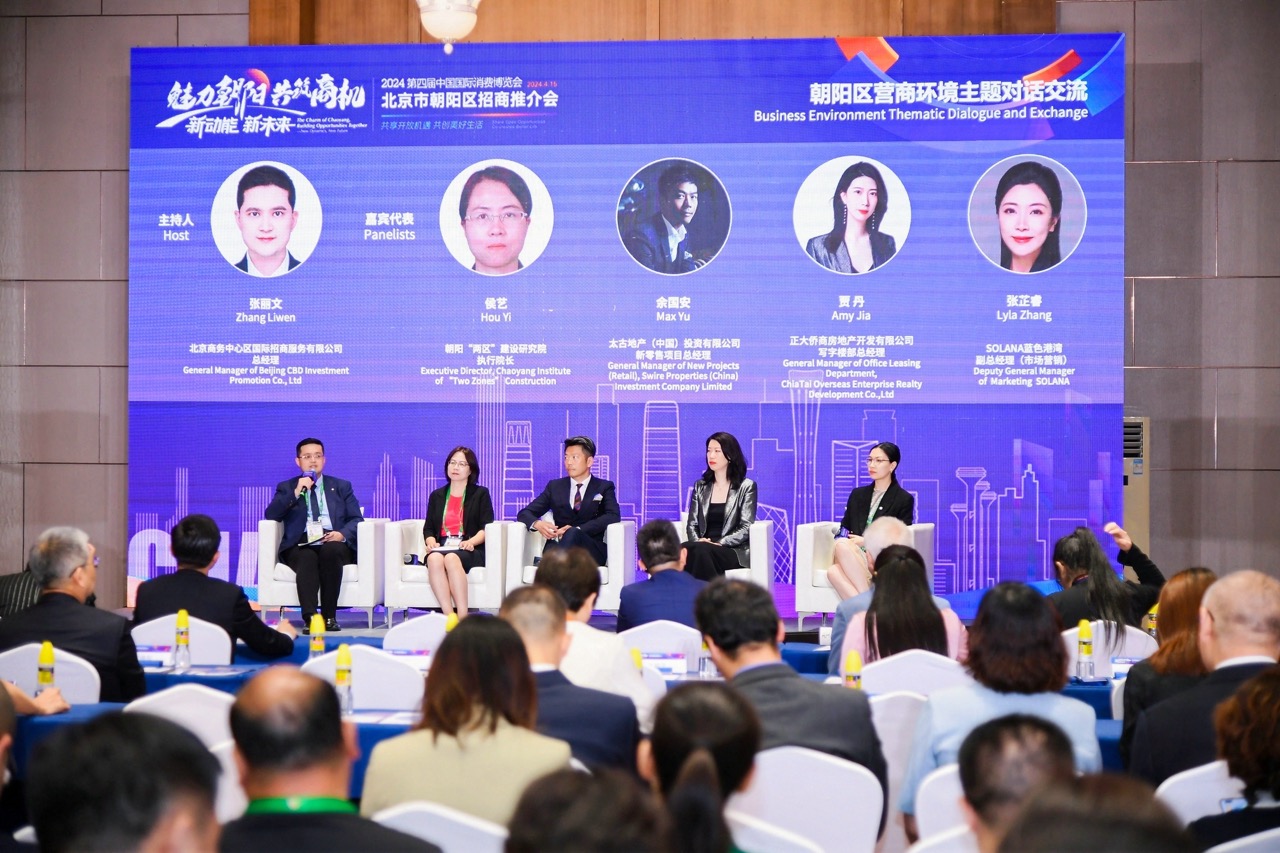Measuring the Impact of Our Places
Measuring the Impact of Our Places
Understanding the impacts that the places we develop and manage have on society and the environment is crucial to our long-term decision-making. In 2020, 2021 and 2022, we published three Places Impact Reports, each of which sought to understand how the unique characteristics of three of our portfolios – Taikoo Place, Taikoo Li Sanlitun and Taikoo Hui Guangzhou – contribute to placemaking.
These three properties were assessed using our “Places Impact Framework” – a bespoke approach developed by Swire Properties to examine our portfolio’s impact on three levels: Investment, Place and City. Each report aimed to address the question “What makes a great place?” from four dimensions: vibrancy, livelihood, wellbeing and resilience. The studies reinforced our belief that our placemaking and placekeeping efforts can contribute positively to the communities in which we operate.
Findings from the reports provided us with insights on design connectivity, safety, cohesiveness and resilience that can enhance the integration of our developments with the local community, bring socio-economic benefits to the surrounding areas and improve the lives of residents, workers and visitors. In 2023, our Places Working Group began developing a set of indicators and KPIs to measure and enhance the quality of our placemaking and placekeeping work. This effort culminated in 2024 with the creation of the “Places Impact Guidance Document” and “Places Impact – Indicators and KPIs”, which include a series of guiding questions and over 50 indicators and KPIs across “Vibrancy”, “Livelihood”, “Wellbeing” and “Resilience”. These resources enable our teams to assess and improve our portfolio’s pre- and post-development placemaking and placekeeping efforts, ensuring alignment on the qualities of our portfolio and supporting the creation of vibrant, sustainable communities over the long term.
Some of these indicators include:
Vibrancy
- Located in or in close proximity to major transportation hubs.
- Promote connectivity with public transit, amenities and between buildings with well-designed walkways.
- Design accessible, inclusive and barrier-free pedestrian networks.
- Promote sustainable mobility wherever appropriate (e.g. walkable neighbourhoods, use of bicycles, free shuttle buses and electric vehicle charging systems).
- Extensive integration of arts in public spaces across our portfolios and in community programmes.
- High-quality open spaces and venues designed for community activities.
- Offer in-kind venue support for social enterprises and NGOs.
Livelihood
- Mixed-use developments promote a strong diversity of business sectors and economic resilience.
- Promote cohesive business networks to create a local business ecosystem and a greater sense of community among the working population.
- Support affordable housing wherever appropriate.
Wellbeing
- Monitor occupant wellbeing (e.g. indoor air quality) and incorporate health and safety and wellness features and initiatives.
- Offer amenities such as accessible toilets, nursing and breastfeeding rooms, accessible parking spaces and wheelchairs.
- Provide accessibility to green spaces and nature and promote urban farming facilities wherever appropriate.
Resilience
- Employ best-practice risk management procedures to ensure business continuity at the corporate and asset levels, including proactive measures to assess climate risks and build climate resilience and adaptive capacity across our portfolios.
- Promote social resilience and community connection through community initiatives and educational programmes.
- Improve safety and emergencies preparedness by running security and evacuations plans with regular training.
- Monitoring tenant turnover and eviction rates.
In 2024, we initiated a pilot of this guidance at Taikoo Li Qiantan, where the team evaluated the current status of the portfolio using the checklist and gathered valuable insights. Moving forward, the team will explore potential enhancements to the document and consider how best to apply their findings to future initiatives.
Swire Properties adopts an integrated design approach to our projects in accordance with the requirements of several internationally recognised standards and rating schemes, such as BEAM Plus, LEED, the China Green Building Design Label and WELL. These standards set out the requirements of physical and social environments that benefit the health, wellbeing and productivity of people. Our new development projects will, as far as practicable, pursue certification under these green building standards and rating systems to promote social integration.
The following initiatives represent Swire Properties’ alignment with the social integration criteria of our projects under development and in our existing portfolio during 2024:
- 100% of our properties are located in close proximity to transportation hubs, with pedestrian-friendly networks that are well connected with transit stations and amenities. Free shuttle bus services are available at some of our portfolios. Bicycle parking facilities are provided at most of our properties.
- 98% of our properties have open spaces and venues designed for community, cultural and arts events.
- 99% of our properties have accessible, inclusive and barrier-free pedestrian networks.
- Approximately 99% and 100% of the common areas in buildings in our Hong Kong and Chinese Mainland portfolios achieved IAQ Excellent Class and fulfilled local IAQ standards respectively.
SEE MORE IN



